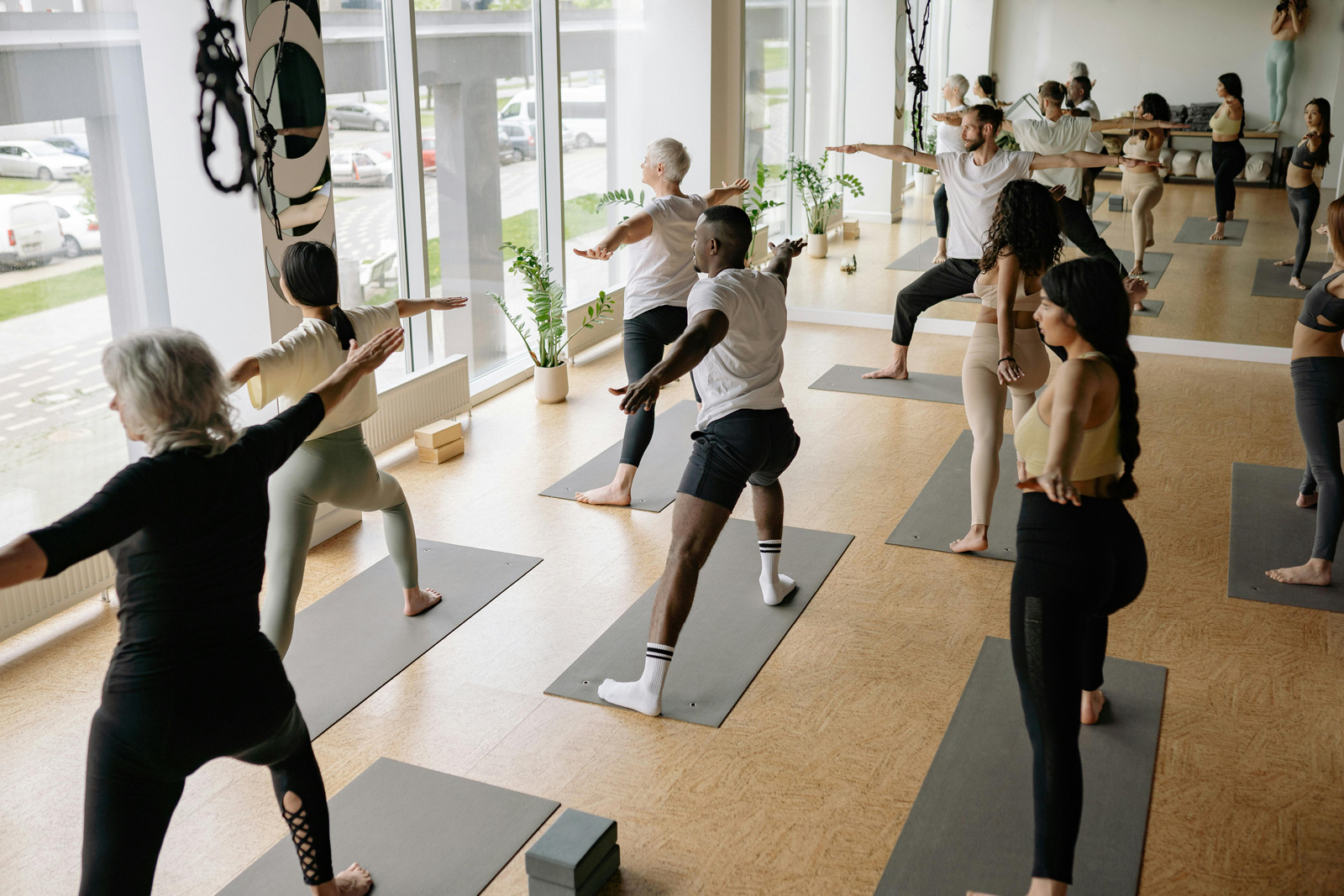Key Principles of a Healthy Lifestyle
Here are some key principles for adopting a healthy lifestyle:
* Balanced Nutrition
* Regular Physical Activity
* Adequate Sleep
* Stress Management
* Hydration
